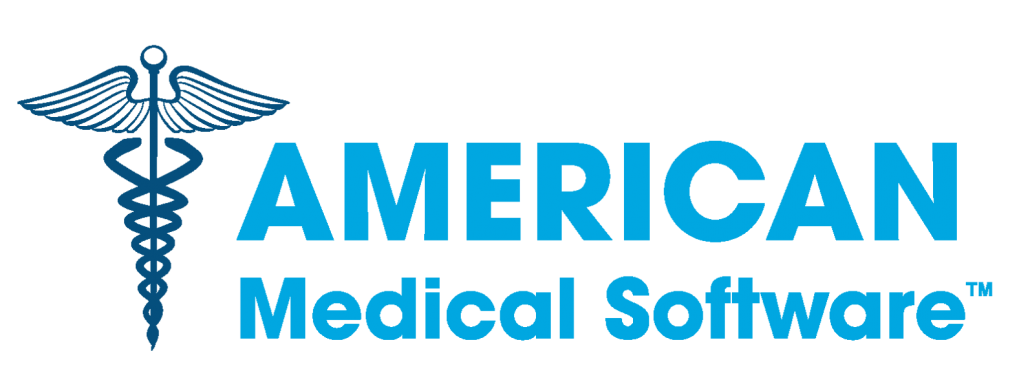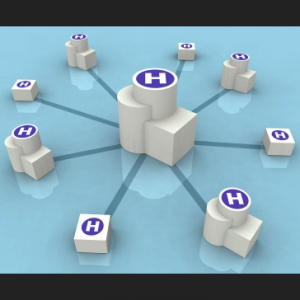HIE Hinges on Terminology Standards
The healthcare industry recognizes the need for standardized terminologies that can act as “universal adapters” to facilitate the flow of data and achieve interoperability among multiple organizations using disparate systems. Arriving at a consensus about exactly what they should be, however, is the difficult part. While multiple terminology standards (for example, SNOMED CT, CPT, and LOINC) already exist, not all of them have been widely adopted and implemented.
To counter this problem, the VA is seeking to introduce standard terminology that can be adopted by other government agencies — as well as the public sector — through strategic partnerships with private health IT companies. For the past several years, for example, the VA has worked to standardize terminology translations for the eHealth Exchange through the Standards and Terminology Services (STS) Support Services and the Virtual Lifetime Electronic Record (VLER) programs which aim to leverage standardized terminologies such as ICD-9 and ICD-10, SNOMED CT, CPT, and LOINC to support the interoperability of data. There are also a variety of programs focused on standardizing data across the VA and the DoD.
The VA and DoD are not the only government agencies using technology to enhance care collaboration in the healthcare setting, of course. The Centers for Medicare and Medicaid Services (CMS) is partnering with a team comprised of commercial health IT companies on an initiative called “Electronic Submission of Medical Documentation” (esMD), which is designed to give providers a more efficient way of delivering medical records needed to process claims.
esMD builds on eHealth Exchange technology to ensure documentation remains secure as it is transmitted. Electronic document transmission helps to improve efficiency by eliminating the need to scan and fax physical paper to CMS. Furthermore, CMS believes the adoption of esMD can help improve efficiency of information exchange and reduce improper payments it makes to providers, estimated in the billions of dollars annually.
The use of standards in the exchange of medical orders and documents will enable information to be processed more quickly and accurately. With the widespread adoption of esMD, providers could fulfill medical documentation requirements efficiently, and with minimum disruption to workflow processes.
Source: www.govhealthit.com; Viet Nguyen; February 4, 2013.




Leave a Reply
Want to join the discussion?Feel free to contribute!